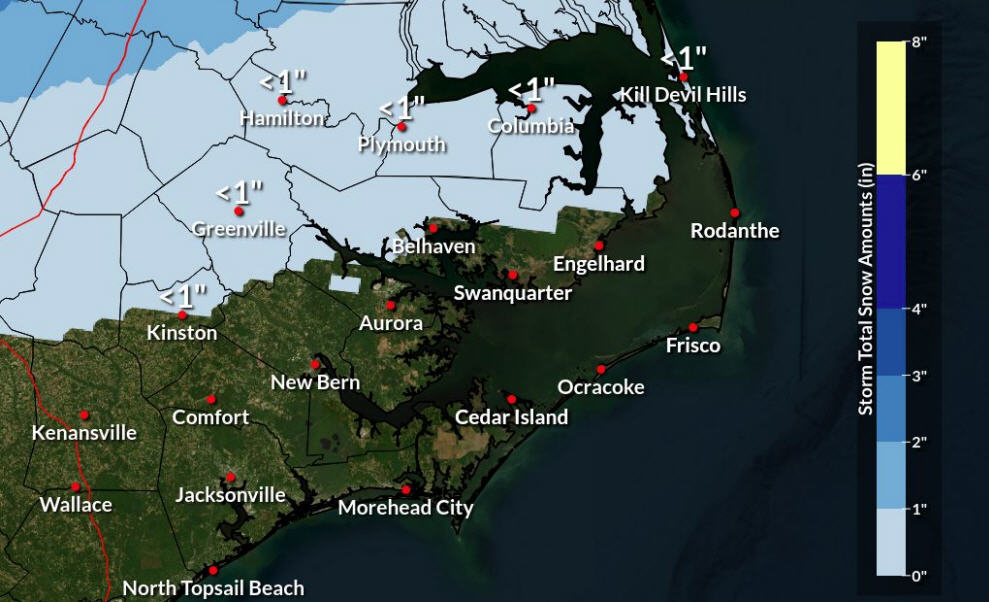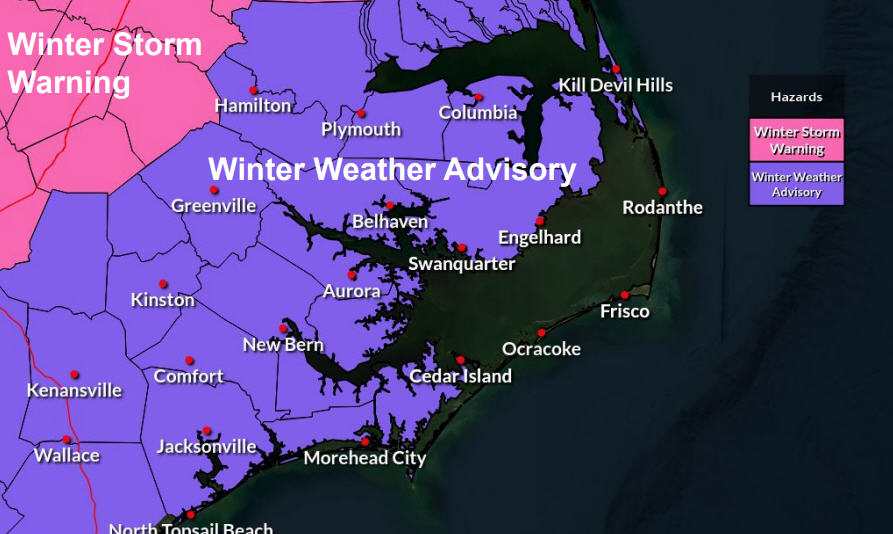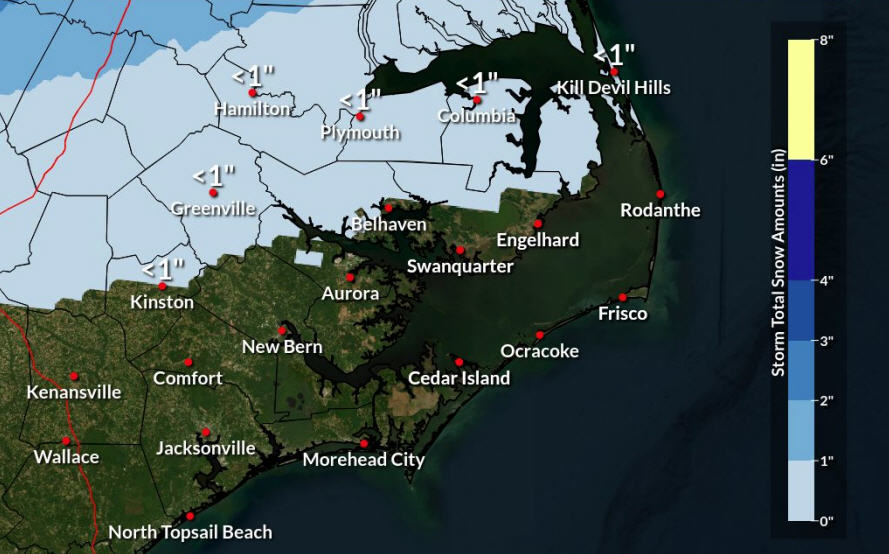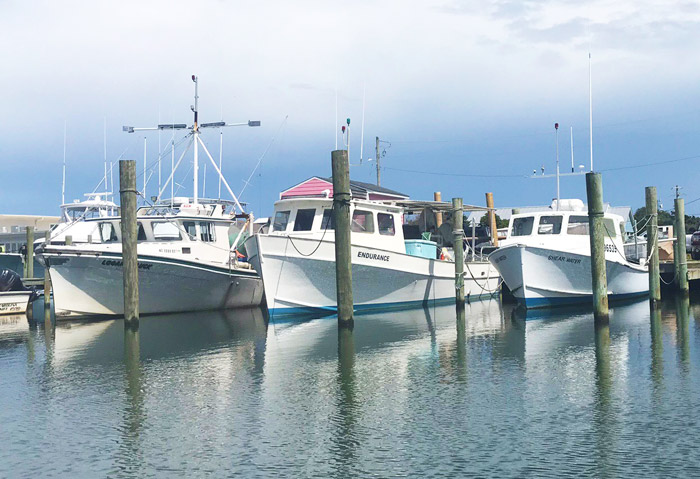Do Fish Shrink After They Die?
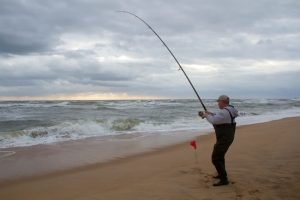
New research suggests anglers should think twice about keeping fish that are close to the minimum size limit.
Knowing minimum size limits for the fish species you target is only half of the story. What happens to that fish after it dies in your cooler? If it’s right at the minimum size for harvest when you land it, be forewarned. How many times do you think fisheries law enforcement officers have heard “Honest, it was the minimum size when I caught it”?
Research Need
Fisheries managers frequently use minimum size limits and slot limits to prevent over-exploitation of different species. In North Carolina, for example, we have a 14” recreational minimum limit on total length for spotted seatrout and an 18-to-27” slot limit on total length for red drum. This requires anglers to be aware of the species-specific size limits and to accurately measure the length of their retained catch upon harvest.
But what if the fish you caught changes in length while in your possession after it dies?
Scientists have long known that fish can shrink after death. The problem is that how much fish shrink depends on the species — and researchers have examined relatively few species in a controlled setting.
As an angler, knowing how much — and how fast — a fish may shrink after harvest may be the difference between a good fishing trip and an expensive citation from a fisheries law enforcement officer.
What did they study?
A review of the latest science revealed that few studies have examined changes in length after death in commonly targeted recreational fishes in southeastern U.S. waters. Researchers, working with Florida state management officials, captured multiple, legal-sized popular saltwater sport fish in the state: lane snapper, common snook, bluefish, Spanish mackerel, Florida pompano and spotted seatrout. All but lane snapper and common snook are abundant in North Carolina waters, too.
They euthanized the fish after capture and laid them on ice in 70-quart or 120-quart coolers. They also took total, fork, and standard length measurements at the time of death and then at 30-minute intervals for six hours. They measured total length with the fish’s tailfin relaxed, not pinched.
What did they find?
In general, all species but common snook gradually shrunk. Lane snapper decreased in average length the most, by 3%, whereas bluefish, Spanish mackerel, Florida pompano and spotted seatrout all decreased in length by less than 1%. Interestingly, the common snook increased in mean length by 1.2% over the course of the study.
Anything else?
Desiccation — the removal of moisture — may have played a role in fish shrinkage after death, but researchers did not measure weight or water loss as part of this study. Over the course of the six-hour period of measurement, the tail fins on most fish became drier, stiffer and more splayed.
At the time of this study’s data collection, from 2004 to 2006, the state of Florida transitioned from using the relaxed tail fin to the pinched tail fin method to measure total length, in part because the latter was less prone to measurement error. Most states, including North Carolina, now measure total length by pinching the tailfin.
So what?
The amount of shrinkage for these species does not seem like much, but any reduction in length from a fish harvested and retained at the exact minimum size would result in the angler being in possession of smaller fish — which might be illegal, depending on the law and the body of water.
This article is reprinted from the North Carolina Sea Grant Blog Hook, Line & Science.








